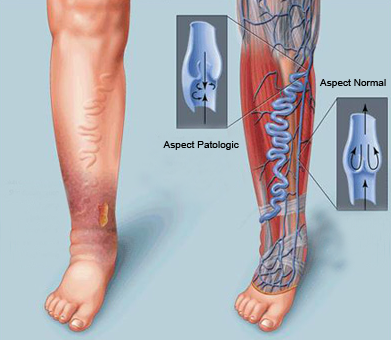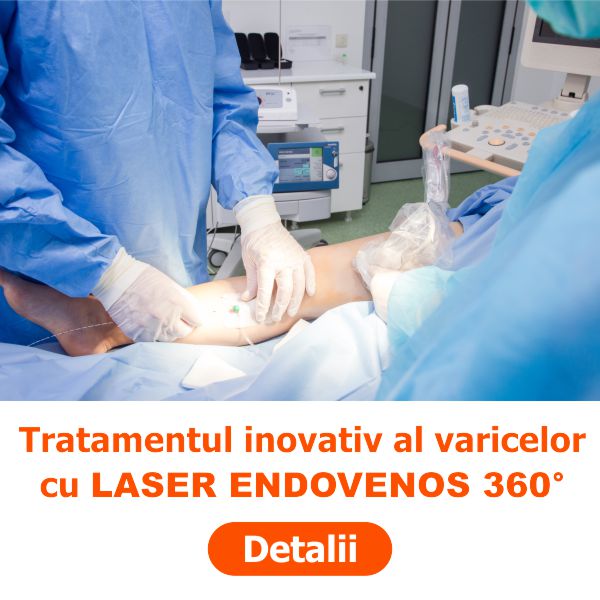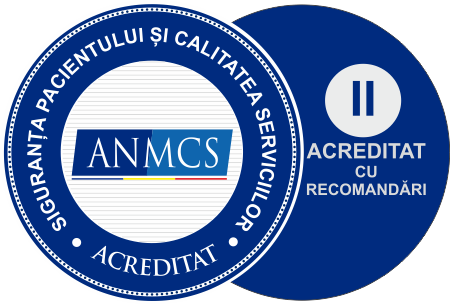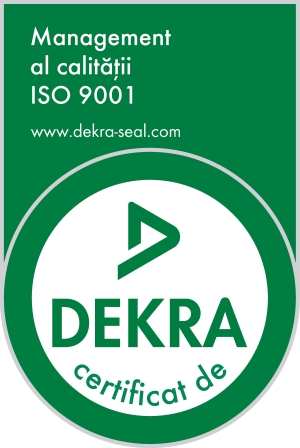What is Phlebology?
Phlebology is a medical specialty focusing on the diagnosis and treatment of venous system disorders. Phlebology was developed in order to allow physicians to treat venous disorders and share their knowledge and clinical experience, even if they specialize in other medical areas, such as dermatology, vascular surgery, haematology or general medicine. The diagnosis techniques used include the patient’s medical history, the medical examination, the vein viewing techniques and certain specific laboratory tests.
In the circulatory system, veins are vessels that transport the blood to the heart. Most veins transport deoxygenated blood from the tissues to the heart; umbilical and pulmonary veins are an exception, however, because they transport oxygenated blood to the heart. The veins are different from the arteries due to their structure and functions; for instance, arteries have a more developed muscular tunic as compared to the veins; veins are generally located closer to the surface and include valves to facilitate the transportation of the blood towards the heart, whereas arteries transport the blood from the heart to the rest of the body.
What are Varicose Veins?
Varicose veins are dilations of the superficial venous system at the level of the lower limbs, visible as bluish-green lines under the skin, especially on the inside of the leg and on the back of the calves. Because the venous blood cannot be properly drained and it stagnates in this veins, in time, this leads to upsetting symptoms, such as pain, calf swelling and even skin changes, such as redness, inflammation, going up to the varicose ulcer – an injury that never cures without proper treatment.

How Do Varicose Veins Occur?
The heart pumps oxygenated blood, loaded with nutrients throughout the body, through the arteries. However, the veins are the ones to ensure the transportation of the deoxygenated blood and nutrients to the tissues and then to the heart, the blood being then reoxygenated in the lungs, after it is detoxified in the liver.
The venous blood propeller in the lower half of the body is the muscular contraction that pushes the blood through the veins against gravity. That is why veins feature unidirectional valves preventing the backflow of the blood, so that it can be pushed up by the muscular pump.
Varicose veins occur when these valves no longer work,they can no longer prevent the backflow of the blood that’s heavily pumped up, so that, instead, it remains trapped in the superficial veins, as the ones at the level of the lower limbs, causing their swelling and a quite important number of other symptoms up to very severe complications.
The causes associated to the onset of the venous insufficiency and the appearance of varicose veins are, in addition to the hereditary, family ones, related to the inheritance of a less elastic vein wall tissue, extensive standing, multiple tasking and, of course, obesity.
A phlebologist’s mission is to treat the superficial vein disorder, especially at the level of the lower limbs. The most commonly treated conditions include varicose veins and telangiectasias. Other conditions treated by phlebologists include deep venous thrombosis, superficial thrombophlebitis, varicose ulcers and venous malformations.








